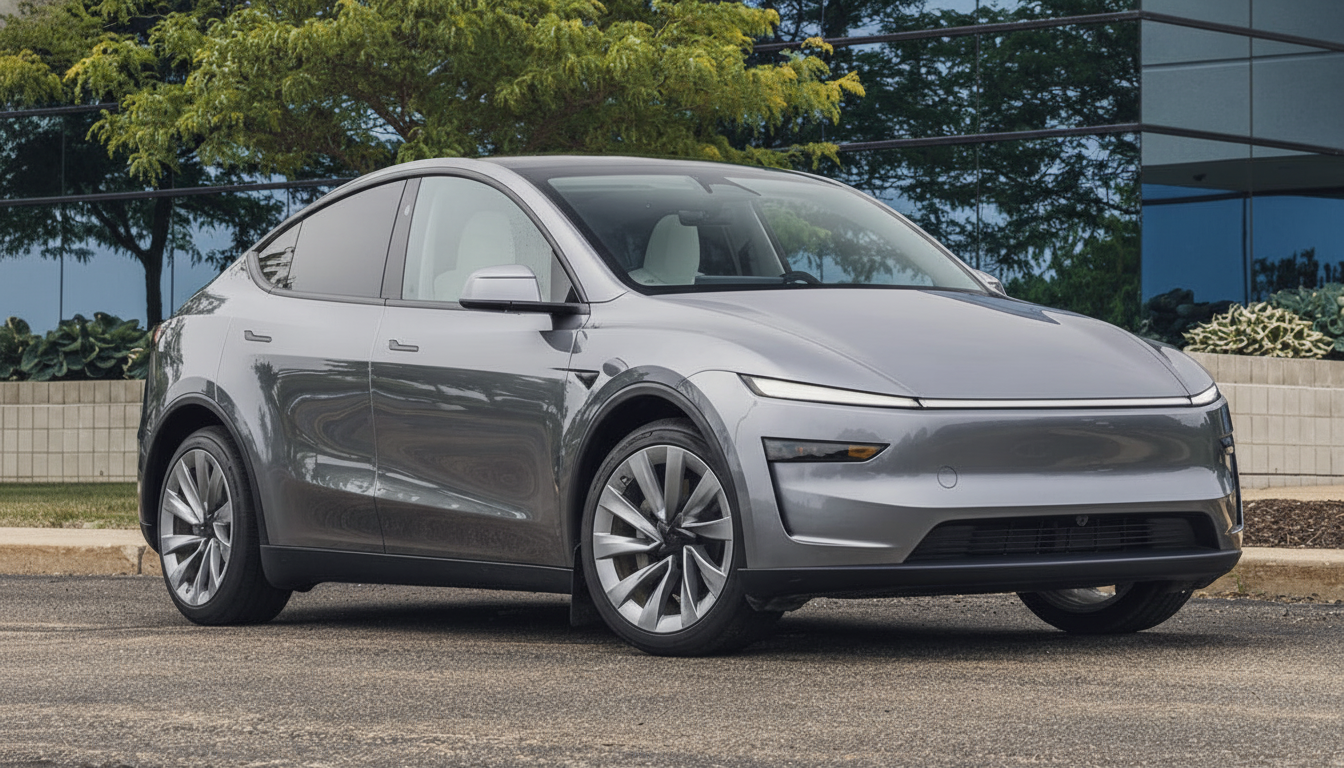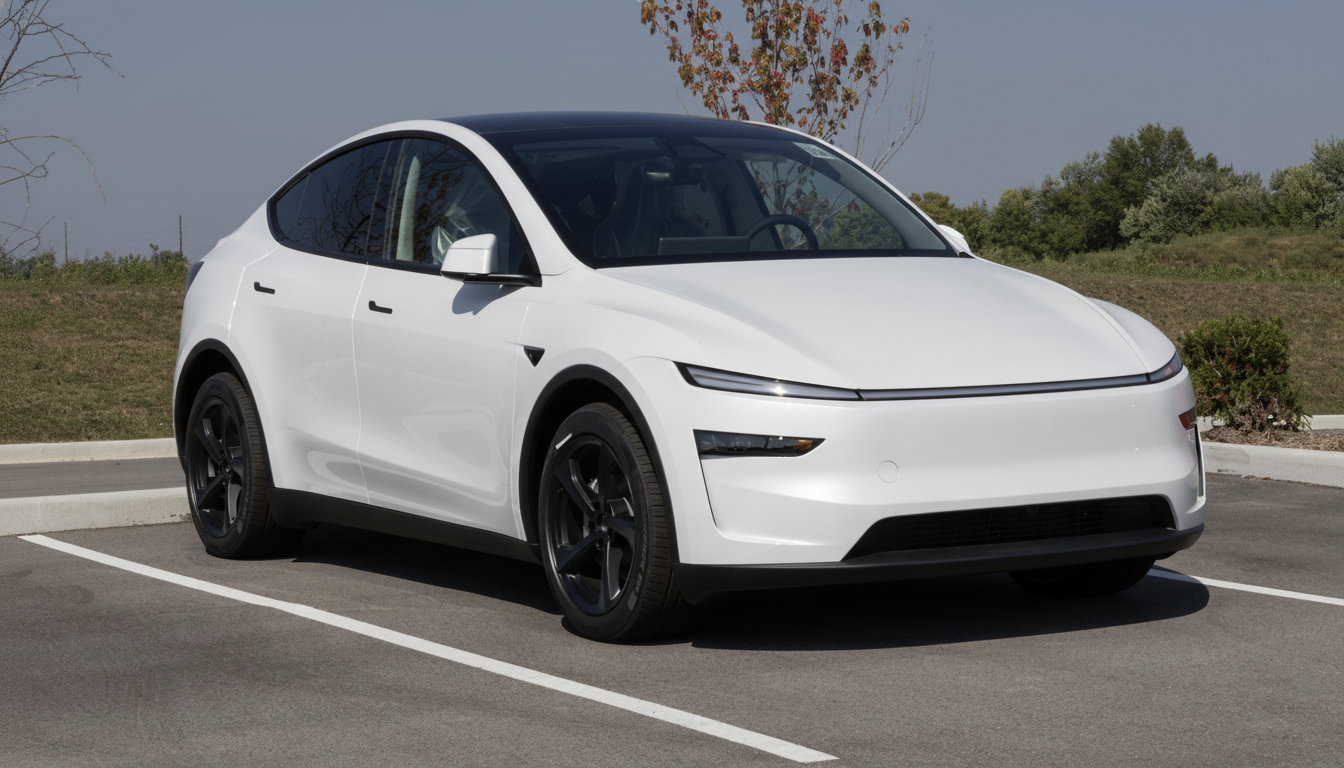Tesla ordered the recall of almost 13,000 Model Y and Model 3 vehicles after discovering a fault that could lead to sudden loss of propulsion while driving. The affected vehicles are 7,925 Model Ys for the 2026 model year and 5,038 Model 3s produced from March to August of 2025, according to a safety notice posted with the National Highway Traffic Safety Administration.
What’s Being Recalled and Why the Defect Increases Risk
The automaker attributed the problem to a defective high-voltage battery pack contactor, a heavy-duty switch that connects the battery to the drivetrain. Tesla said in a filing that an inadequate coil termination inside the contactor can lead to it opening unexpectedly. If that occurs while the car is moving on the road, the vehicle will no longer be able to transmit motor torque to its wheels, and a sudden loss of forward propulsion can increase the risk of a crash.
- What’s Being Recalled and Why the Defect Increases Risk
- How Tesla Intends to Remedy the Defect for Affected Vehicles
- What Drivers Might Experience if the Contactor Fails on the Road
- Hardware Recall or OTA Software Update: What This One Requires
- Related Tesla Recall Activity and the Recent Cybertruck Update
- Background and Safety Oversight in Industry
- What Owners Should Do Now to Address This Tesla Safety Recall

While one may maintain control of steering and braking, an unexpected loss of propulsion in traffic is a very dangerous condition. The highway safety agency often considers defects that can stall power — particularly the unexpected sort — to be the focus of a recall because drivers will have a relatively small window to respond.
How Tesla Intends to Remedy the Defect for Affected Vehicles
Tesla is undertaking to replace the defective contactors with “newly designed” parts at no cost to owners. The repair will take approximately one hour to complete and can be arranged through the Tesla app, service at a Tesla Service Center, or by mobile service if available.
Vehicle owners can also determine if their vehicles are included in the recall by entering their car’s VIN on the Tesla official website or through the NHTSA recall lookup tool. As is customary for all automakers issuing a recall, Tesla will also mail notification letters to identified owners and lessees once parts and scheduling are available.
What Drivers Might Experience if the Contactor Fails on the Road
If the contactor opens, the vehicle could become unable to accelerate and may coast before it comes to a stop. In the event of a sudden loss of power, would-be drivers are urged to immediately switch on hazard lights, try to safely move off the road, and call Tesla roadside assistance. Tesla’s diagnostics — remotely or on a service visit — are able to confirm if the contactor fault took place.

Hardware Recall or OTA Software Update: What This One Requires
This is a hardware-focused recall, which means that there will likely need to be physical components installed and service capacity managed. That’s in stark contrast to many of Tesla’s recent campaigns, which have been corrected through over-the-air (OTA) software updates like lighting or user-interface adjustments. Hardware recalls are generally more logistically challenging, but they also provide a concrete resolution at the level of the hardware component.
Related Tesla Recall Activity and the Recent Cybertruck Update
The new campaign comes as the company is recalling more than 63,000 Cybertrucks for a separate issue involving lighting software that could make the front parking lights brighter than laws allow, potentially affecting other drivers’ visibility. Tesla said it resolved the Cybertruck issue with a free over-the-air software update, highlighting the company’s two-track remediation effort: it can deliver updates over the air for calibrations or compliance issues but will swap out hardware for component defects.
Background and Safety Oversight in Industry
High-voltage contactors are essential in any modern EV. They will have to endure years of use under high-current loads, vibration, and thermal cycling. The best possible system response in the event of a contactor coil or mechanical assembly failure is to kill power, therefore saving components while also allowing them to work correctly. NHTSA’s recall system is specifically for situations like this — edge cases where the reliability of a single component can have an outsized impact on safety.
Tesla is one of the few automakers capable of rolling out broad OTA patches, though regulators treat both software and hardware remedies as recalls when they are related to compliance or safety. That’s what makes VIN lookups and owner notifications crucial to make sure every single car is accounted for.
What Owners Should Do Now to Address This Tesla Safety Recall
- Verify inclusion with a Tesla or NHTSA VIN lookup.
- If impacted, request service through the Tesla app for a free contactor replacement.
- If you lose propulsion before service, pull over somewhere safe, turn on the hazards, and contact Tesla support.
Tesla’s solution aims to address the root issue — a defective contactor — and restore normal operation without reducing performance. As the market for EVs continues to accelerate, strong component quality and premature field campaigns are crucial to build trust and ensure vehicles remain safe on the roads.

